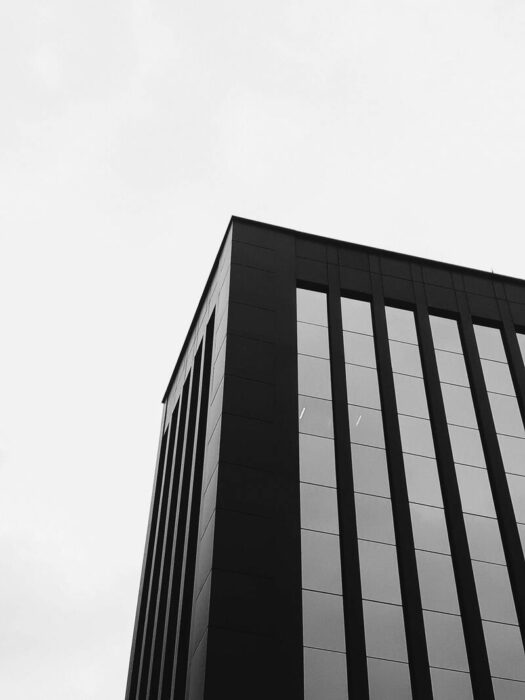There are now five generations represented in the workforce, spanning from those born before 1945 through those born in the early 21st century. There is value in making an effort to build a team that is age varied but yet works well together.
In today’s global economy, companies that can attract and retain employees from a wide range of generations have a distinct edge. Different generations’ perspectives and experiences may assist one other and the firm to succeed.
A successful multigenerational workforce has the following characteristics:
Everyone Is Making Their Unique Contribution
The requirements of people of all age groups are taken into account. If a corporation doesn’t consider the wants and needs of its workers, morale, and output will be fine. To attract and retain employees of all ages, businesses must foster a welcoming workplace. Members of staff possess the qualities necessary for leadership roles in that kind of atmosphere. Thus, no worker has to rely on their bosses for help when things go tough; they can handle problems on their own.
Generations share knowledge with one another.
When generations in the workplace learn from one another, everyone benefits. A young guy has an understanding of modern technologies, whereas the elderly possess wisdom from years of life lived. Understanding how to use your intuition in the business world is something that can only be learned through years of practice.
By capitalizing on the skillsets of different generations and encouraging them to teach and be taught by one another, we can foster more cooperation and participation. In the modern workplace, employees, especially Millennials, have greater access to resources that might help them better understand the relationship between their work and personal fulfillment.
